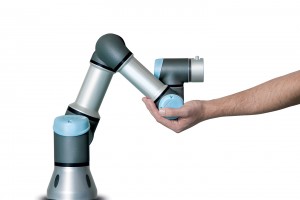Unwrought aluminum exports by country totaled US$55.9 billion in 2017, up by 22% for all aluminum-shipping nations over the five-year period starting in 2013. Year over year, the value of exported aluminum appreciated 26.1% from 2016 to 2017.
News
Researchers at the University of Exeter have developed an innovative technique that could help create the next generation of everyday flexible electronics.
Commodity prices fell in November, with energy commodities plunging 15,4% and non-energy commodities falling 1,3%.
Featuring 28 members prior to the United Kingdom’s planned exit on March 29, 2019, the European Union (EU) shipped US$5.719 trillion worth of goods around the globe in 2017. Pre-Brexit the EU is the world’s most powerful trade partner, responsible for almost a third (32.5%) of globally exported goods valued at $17,581 trillion.
The equation to make the inorganic compound combines a lead-free double perovskite with sodium.
Commodity prices mostly rose in October, with energy commodities rising 1,3% and non-energy commodities rising 1,2%.
The nascent collaborative robot market is set to grow by more than 60 percent this year according to an upcoming research report from Interact Analysis. The industry was worth less than $400m last year but is set to grow to nearly $600m in 2018.





